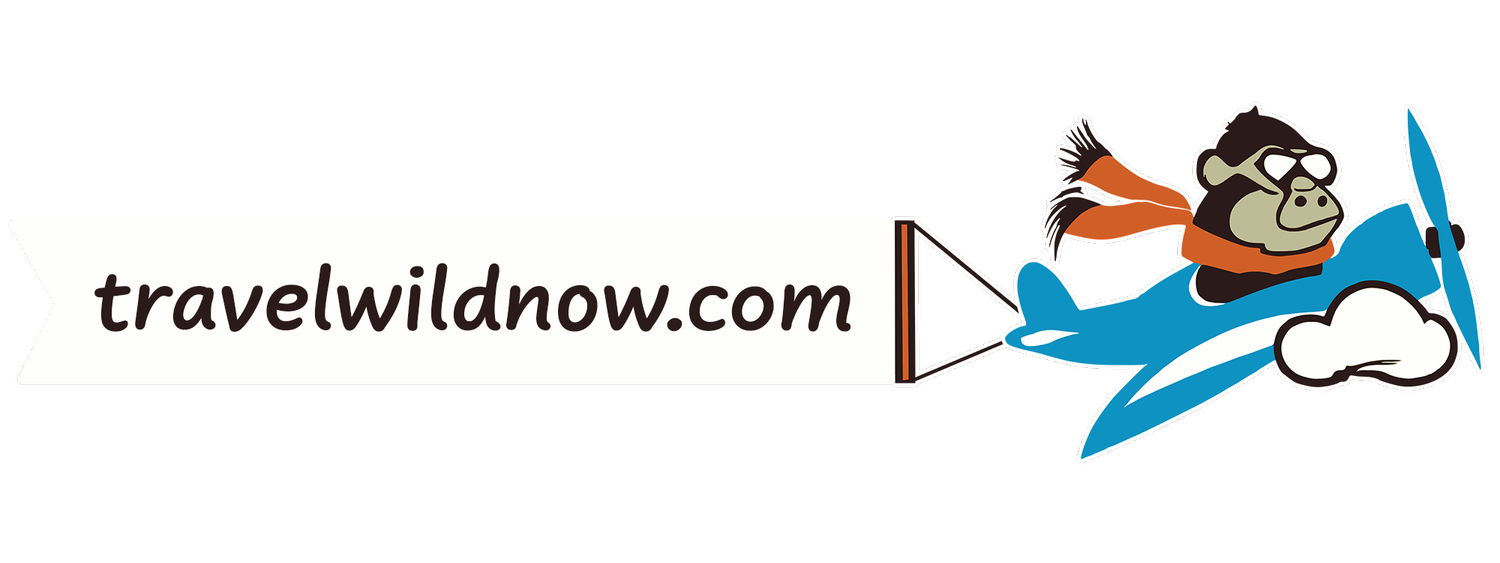Death Valley National Park
The Park features vast deserts, dramatic landscapes, salt flats, sand dunes, rugged mountains, & unique geological wonders.
The best time to visit Death Valley National Park is from November to March, offering cooler, pleasant temperatures.
<Directions> from Las Vegas. Drive time: 2-2.5 hours.
Where to stay: The Oasis at Death Valley or The Ranch at Death Valley.
DAY 1 Arrive at Death Valley National Park.
Sunset at Zabriskie Point: A short, accessible viewpoint offering stunning panoramic views of the badlands—perfect for photography.
Dinner: Enjoy a meal at the Inn at Death Valley dining room.
DAY 2
Morning:
Artist’s Palette Drive: Take this scenic loop to witness colorful mineral deposits.
Golden Canyon Trail: Hike the moderate 3-mile (RT) trail to experience the iconic golden-hued rock formations.
Afternoon:
Lunch: Stop at Furnace Creek for a quick bite
Late afternoon and Evening::
Sunset at Badwater Basin: Walk on the salt flats at the lowest point in North America
Dinner: Return to your accommodation for dinner.
DAY 3
Morning
Sunrise at Mesquite Flat Sand Dunes (optional, if you love photographing dunes in morning light).
Hike Mosaic Canyon.
Afternoon
Scotty's Castle (if reopened): A historic site (check for access updates). Alternatively, explore Titus Canyon Road for dramatic canyon views if you have a high-clearance vehicle.
Lunch: Picnic or eat at nearby facilities.
Harmony Borax Works: Learn about the history of borax mining in Death Valley.
Evening
Star Gazing: Death Valley is an International Dark Sky Park. Spend your final night gazing at the incredible stars.
DAY 4
Morning Departure
Return to las Vegas or to your next destination.
Here’s a prioritized list of must-see locations in Death Valley National Park for stunning photography, focusing on terrain with dramatic, otherworldly beauty:
1. Zabriskie Point
Best Time: Sunrise or sunset for soft, golden light and shadow play.
Why: Iconic badlands with textured ridges and striking colors.
2. Mesquite Flat Sand Dunes
Best Time: Sunrise or sunset for warm tones and long shadows emphasizing the dune shapes.
Why: Rolling dunes with shifting patterns perfect for minimalist and dynamic compositions.
3. Badwater Basin
Best Time: Late afternoon or sunset for warm light; after rain for unique salt patterns.
Why: Expansive salt flats at the lowest point in North America with striking geometric textures.
4. Artist's Palette (Artist's Drive)
Best Time: Late afternoon for vibrant, natural colors enhanced by golden hour light.
Why: Multicolored volcanic and mineral-rich hills create a surreal, painterly scene.
5. Dante’s View
Best Time: Sunrise or sunset for breathtaking light and vast panoramic views.
Why: High-elevation vantage point offering sweeping views of the valley floor, Telescope Peak, and Badwater Basin.
6. Ubehebe Crater
Best Time: Morning for soft light and fewer shadows in the crater.
Why: Dramatic volcanic crater with vibrant layered walls perfect for geological photography.
Distance: A 1-hour drive each way from the Furnace Creek Visitor Center.
7. Golden Canyon and Red Cathedral
Best Time: Morning or late afternoon for dramatic light and rich, golden hues.
Why: A short hike reveals textured canyon walls and striking rock formations.
8. Devil’s Golf Course
Best Time: Early morning or late afternoon for softer light and defined textures.
Why: Jagged salt formations create a surreal and dramatic foreground.
9. Harmony Borax Works
Best Time: Sunrise or sunset for warm tones.
Why: Historic ruins set against stark desert landscapes for a touch of history.
Here are the best short hikes in Death Valley National Park (3 miles or less), prioritized for stunning scenery and photographic opportunities:
1. Golden Canyon to Red Cathedral
Distance: 2.5 miles round trip
Difficulty: Easy to moderate
Why: Hike through golden-hued canyon walls to reach the dramatic Red Cathedral cliffs. Stunning textures and colors make it a photographer’s dream.
Best Time: Early morning or late afternoon for soft light and cooler temperatures.
2. Mesquite Flat Sand Dunes
Distance: Variable (1–2 miles is enough to explore)
Difficulty: Easy to moderate (depending on how far you go on the sand)
Why: Walk among the shifting dunes for endless photo opportunities with dramatic patterns and shadows.
Best Time: Sunrise or sunset for the most photogenic light.
3. Badwater Basin Salt Flats
Distance: ~1 mile round trip to explore salt formations
Difficulty: Easy
Why: Walk onto the salt flats for unique hexagonal salt patterns and otherworldly landscapes.
Best Time: Late afternoon or after rain for vibrant contrasts and reflections.
4. Natural Bridge Canyon
Distance: 1 mile round trip
Difficulty: Easy
Why: A short walk through a canyon leads to a striking natural rock bridge. Ideal for framing shots and capturing desert geology.
Best Time: Morning or late afternoon for cooler temperatures.
5. Mosaic Canyon
Distance: 3 miles round trip
Difficulty: Easy to moderate
Why: Narrow, polished marble-like walls and fascinating textures make this a unique and photogenic hike.
Best Time: Morning for softer light and cooler temperatures.
6. Salt Creek Interpretive Trail
Distance: 0.5 miles round trip
Difficulty: Easy (boardwalk)
Why: A chance to see rare pupfish in a spring-fed creek surrounded by a stark desert. Great for a quick, serene walk.
Best Time: Early spring for active pupfish or early morning for soft light.
7. Zabriskie Point Badlands Loop
Distance: ~2.5 miles round trip
Difficulty: Moderate
Why: Extend your visit at Zabriskie Point with a hike into the surrounding badlands for closer views of dramatic textures and colors.
Best Time: Early morning or late afternoon.
8. Keane Wonder Mine Trail
Distance: 1.5 miles round trip
Difficulty: Moderate
Why: A historic hike with remnants of a gold mine and expansive desert views.
Best Time: Early morning for cooler temperatures and clear light.


